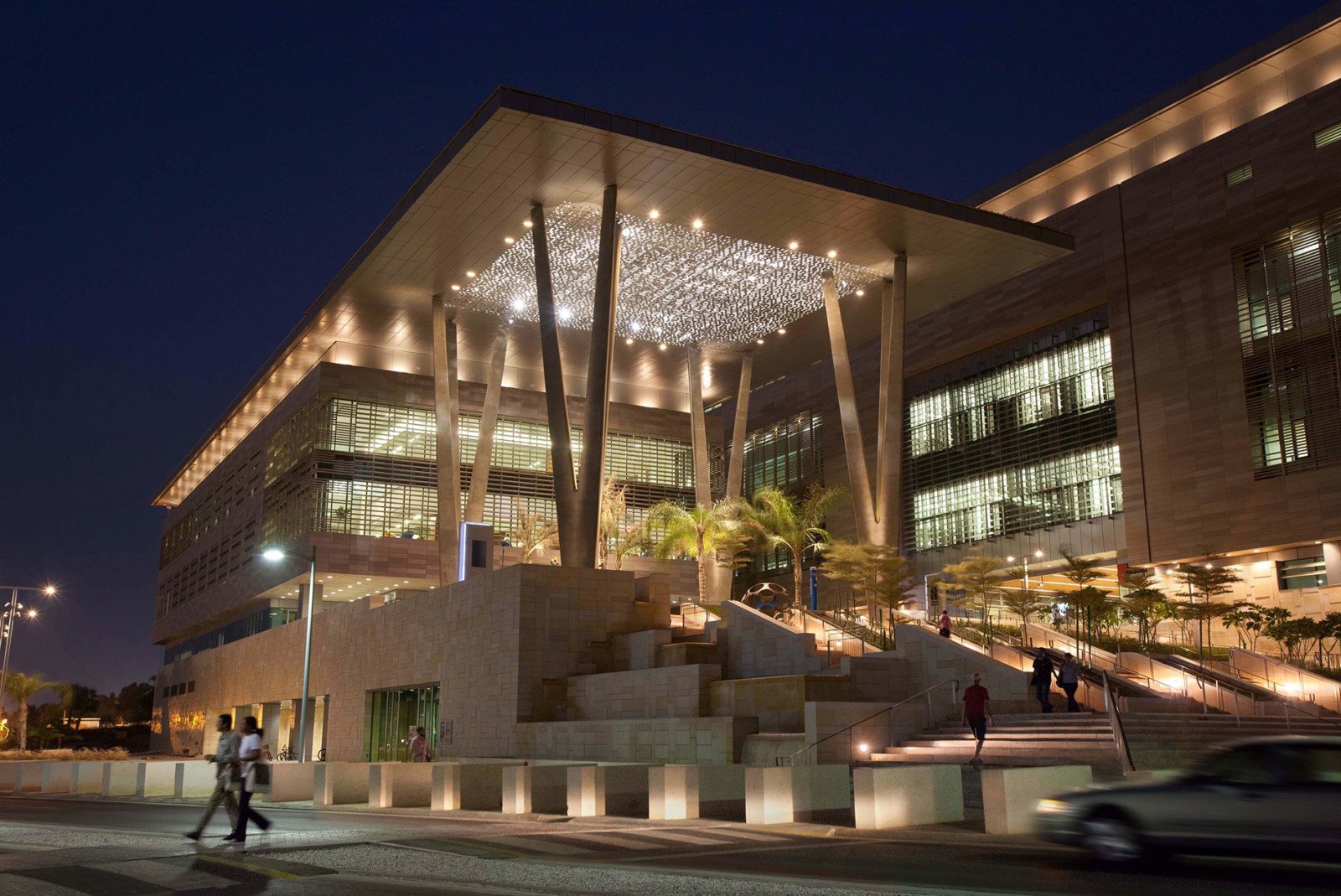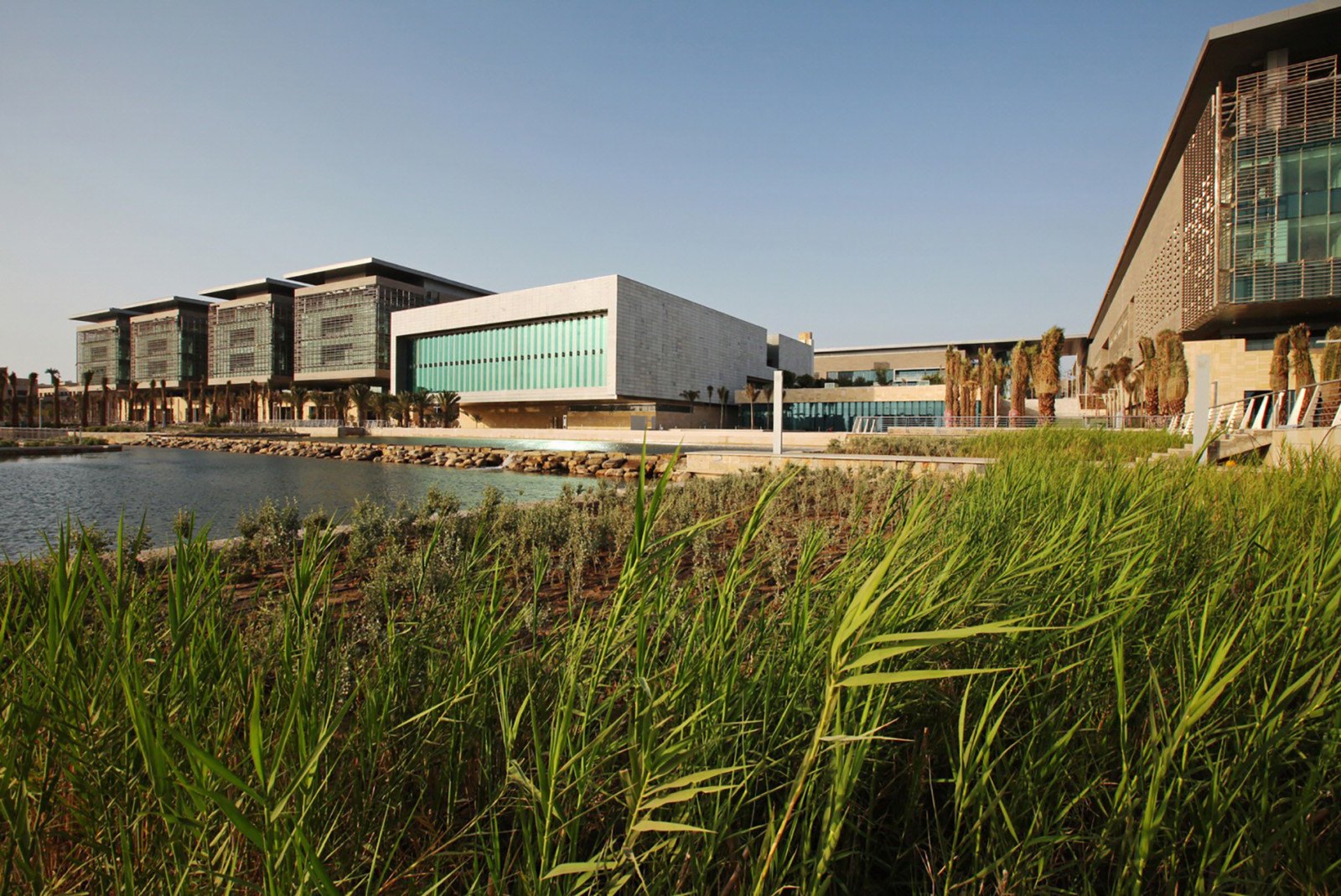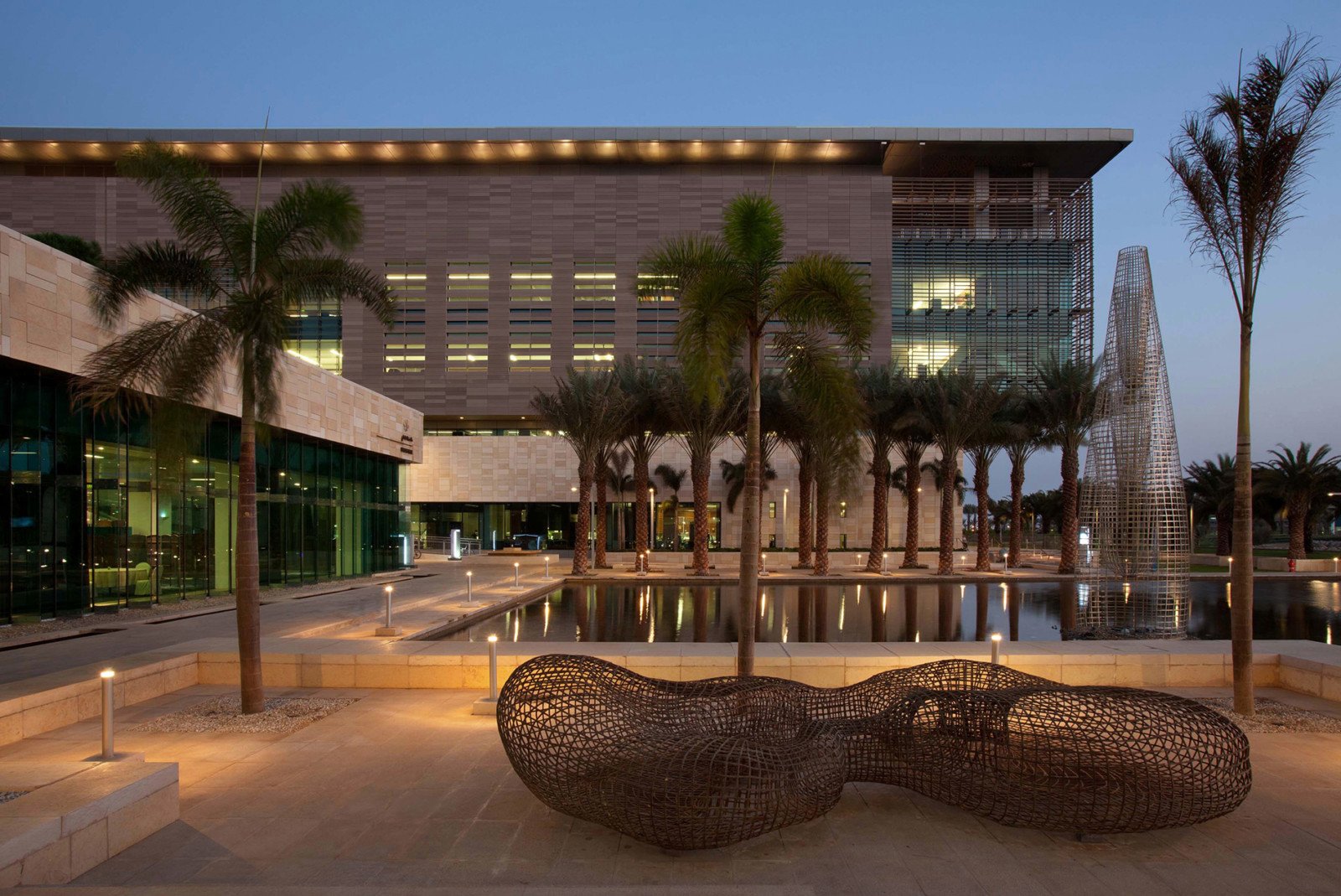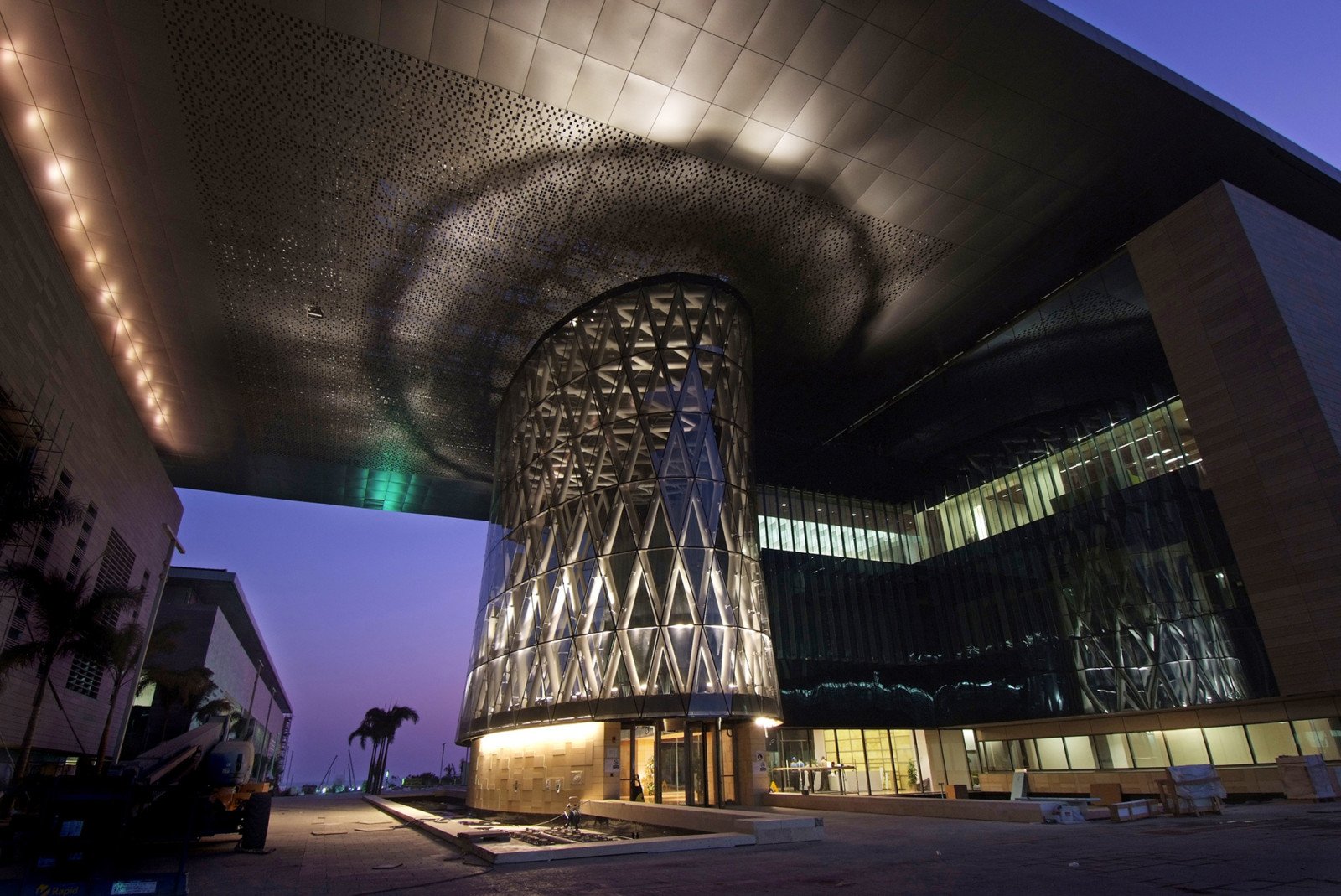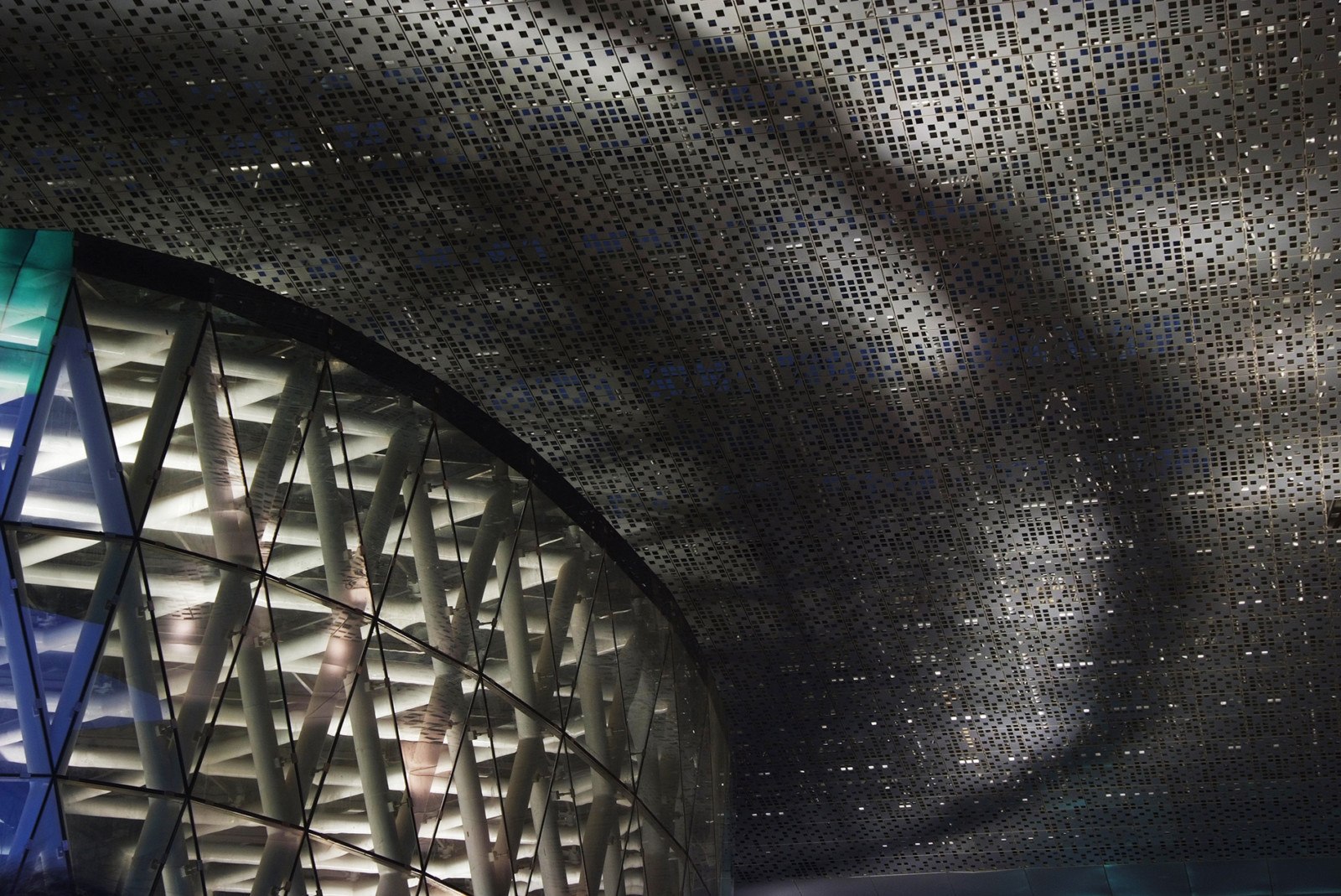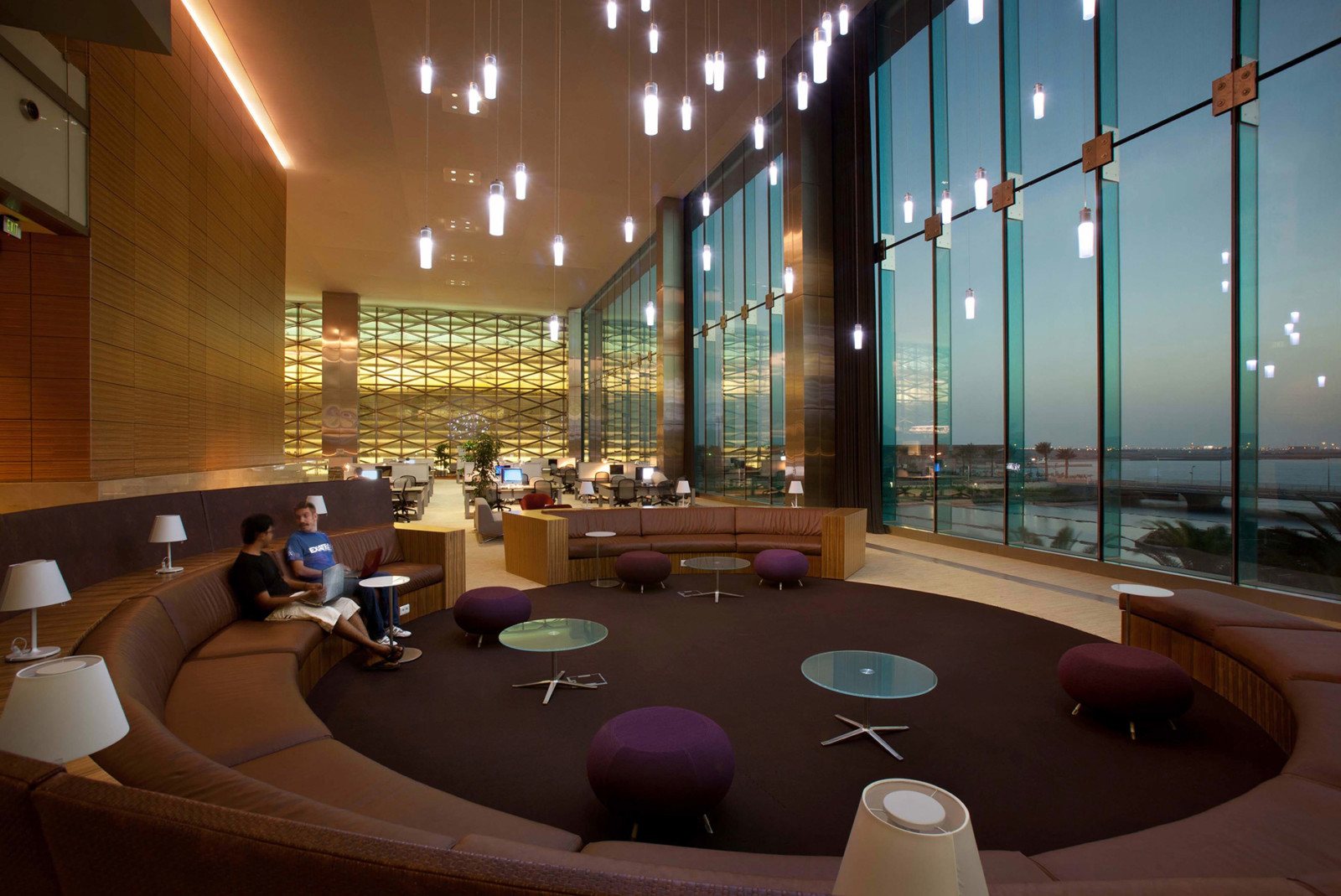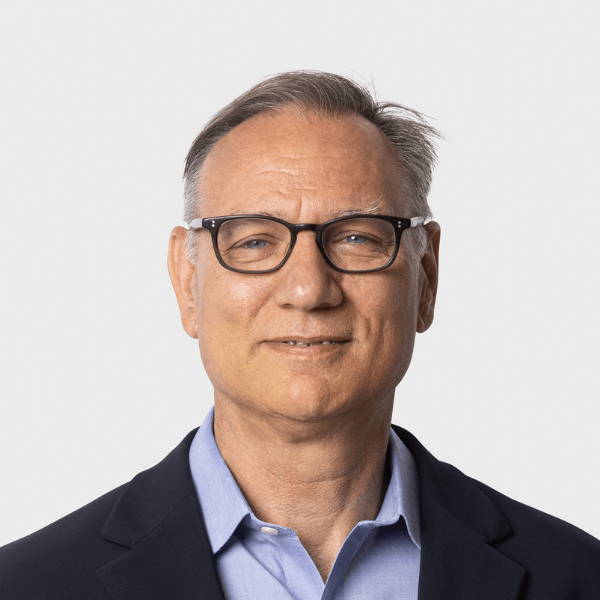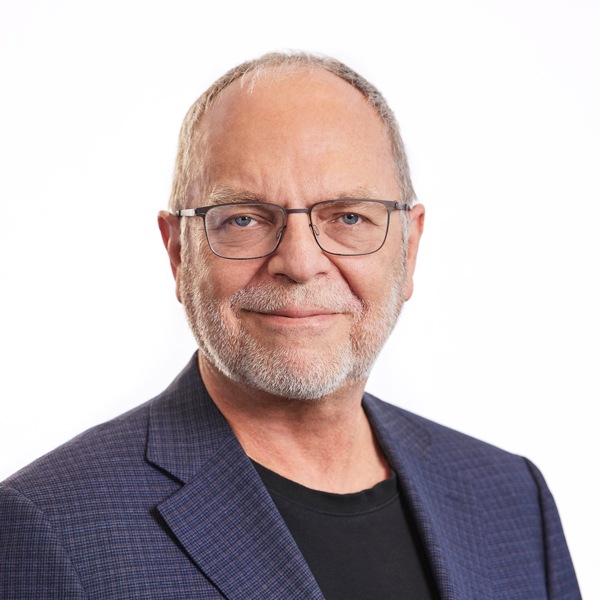King Abdullah University of Science and Technology’s (KAUST) campus along the Red Sea houses one of the world’s most advanced collection of labs.
In these buildings KAUST’s internationally renowned researchers are addressing humanity’s most urgent scientific challenges related to energy and the environment, including water conservation, energy efficiency and food production.
Unprecedented Schedule
Integrated into the architecture of the local environment, KAUST’s 27 buildings include 5.5 million square feet of space and were designed and constructed in just under 30 months. The campus includes two million square feet of labs spread across four interconnected, 500,000-sq.-ft. buildings.
Design Approach
The team designed the campus as a singular meta-building with all spaces interconnected and served from a common base. This organization improves energy performance, facilitates collaboration and gives the campus a distinct sense of place.
Making the campus as compact as possible addresses the intense sun and formidable climate while improving proximities among researchers, academics and students. With a compact arrangement, traditional boundaries between buildings begin to dissolve. This feeling is heightened by the occurrence of conference rooms, gardens, shaded courtyards and other programmed spaces bridging the spaces between buildings.
A critical role of buildings in this part of the world is to protect people from the intense sun. At KAUST, shade is provided in a monumental way and the act of shading is celebrated. Dynamic shadows register the movement of time while changing, dappled light brings character to the space.
LEED Platinum in the Desert
The team’s goal was to significantly reduce the environmental footprint of all KAUST campus buildings within the project scope.
The Arabic Bedouin tent inspired designers to create a monumental roof system that spans across building masses to block sun on building facades and into the pedestrian spine, to facilitate natural ventilation and to filter light. Solar panels covering the surface capture the sun’s energy. Passive ventilation strategies of the traditional Arabic house influenced the design of iconic, solar-powered wind towers that harness energy from the sun and wind to passively create air flow in pedestrian walkways. Similar to Arabic screening called ‘mashrabiya,’ the campus shades windows and skylights with an integral shading system that reduce heat loads while creating dramatic dappled light.
Despite the challenges of building the campus in Saudi Arabia’s desert climate, KAUST became the world’s largest LEED Platinum project at the time of its certification. By integrating sustainability into the site planning, community organization, building design and campus operations, the university is demonstrating new ways to build in the region and promoting responsible stewardship of the environment.
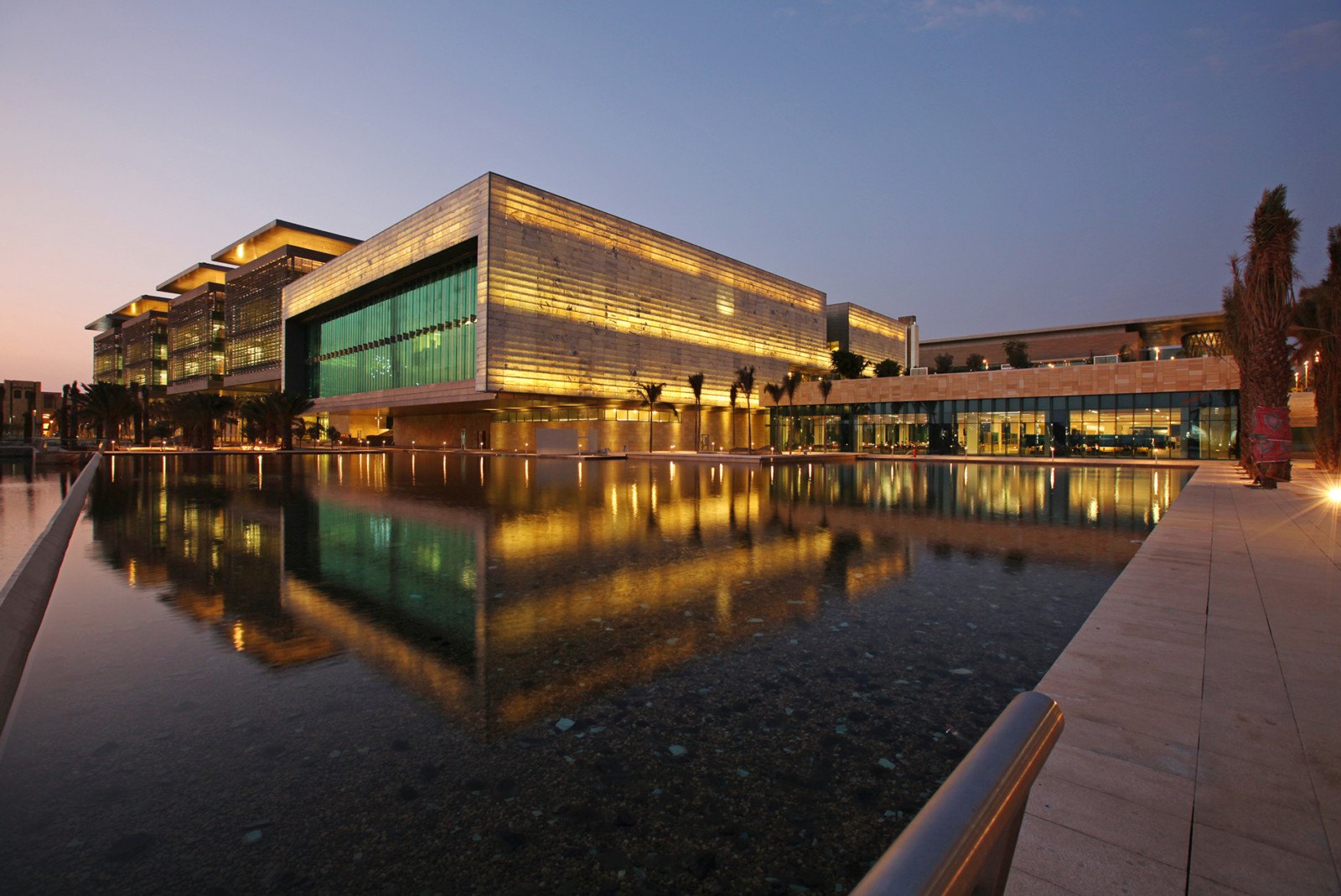
“The [Lab of the Year] judges were impressed with KAUST on multiple fronts. The total flexibility, high hat areas for research, ability to attract world-class talent, LEED Platinum status, livability, and sustainability all contributed to its selection as a winner.” — R&D Magazine
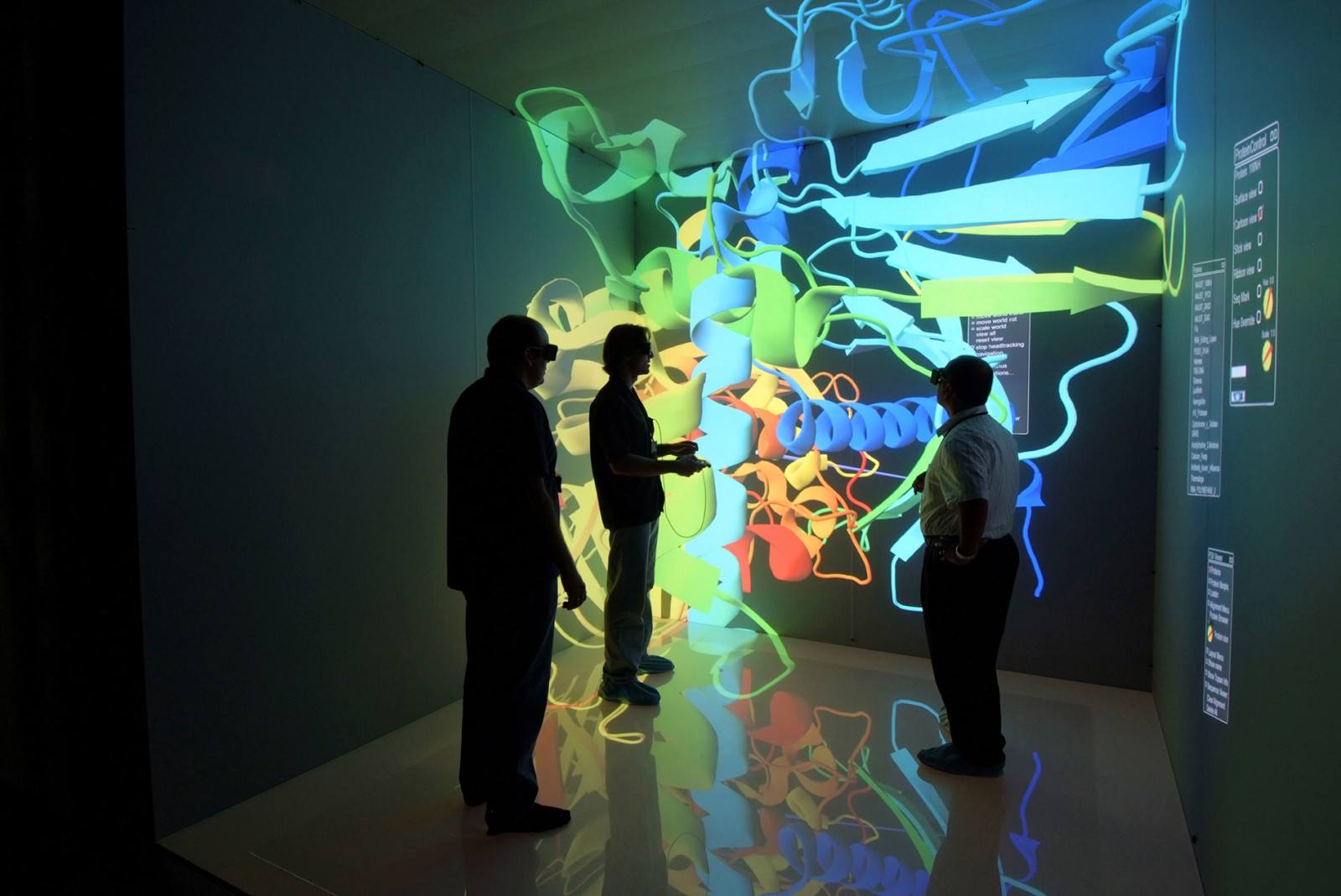
New Research Paradigm
Exceptionally flexible building shells and universal floor plates accommodate virtually every lab type in fulfilling KAUST’s vision of setting a “new paradigm for research in the Middle East.”
Interaction and collaboration is vital to a rigorous, thriving research environment. The design celebrates gathering by placing social spaces and collaborative zones in highly visible spots with the best views.
R&D Magazine awarded KAUST its highest honor, Lab of the Year, noting that the campus “contains just about every modern lab concept known today.” This includes interchangeable lab neighborhoods, flexible lab support zones, grid planning, kit-of-parts furniture, walkable interstitial space, collaboration spaces, large circulation spines, high-height pilot areas and lab daylighting.
Integrated Engineering Systems
HOK’s mechanical, electrical, plumbing and structural engineers led multiple design teams following parallel paths to support the construction of high-performance space across 27 buildings. Several innovative engineering strategies contribute to exceptional performance in the areas of energy and water reduction.
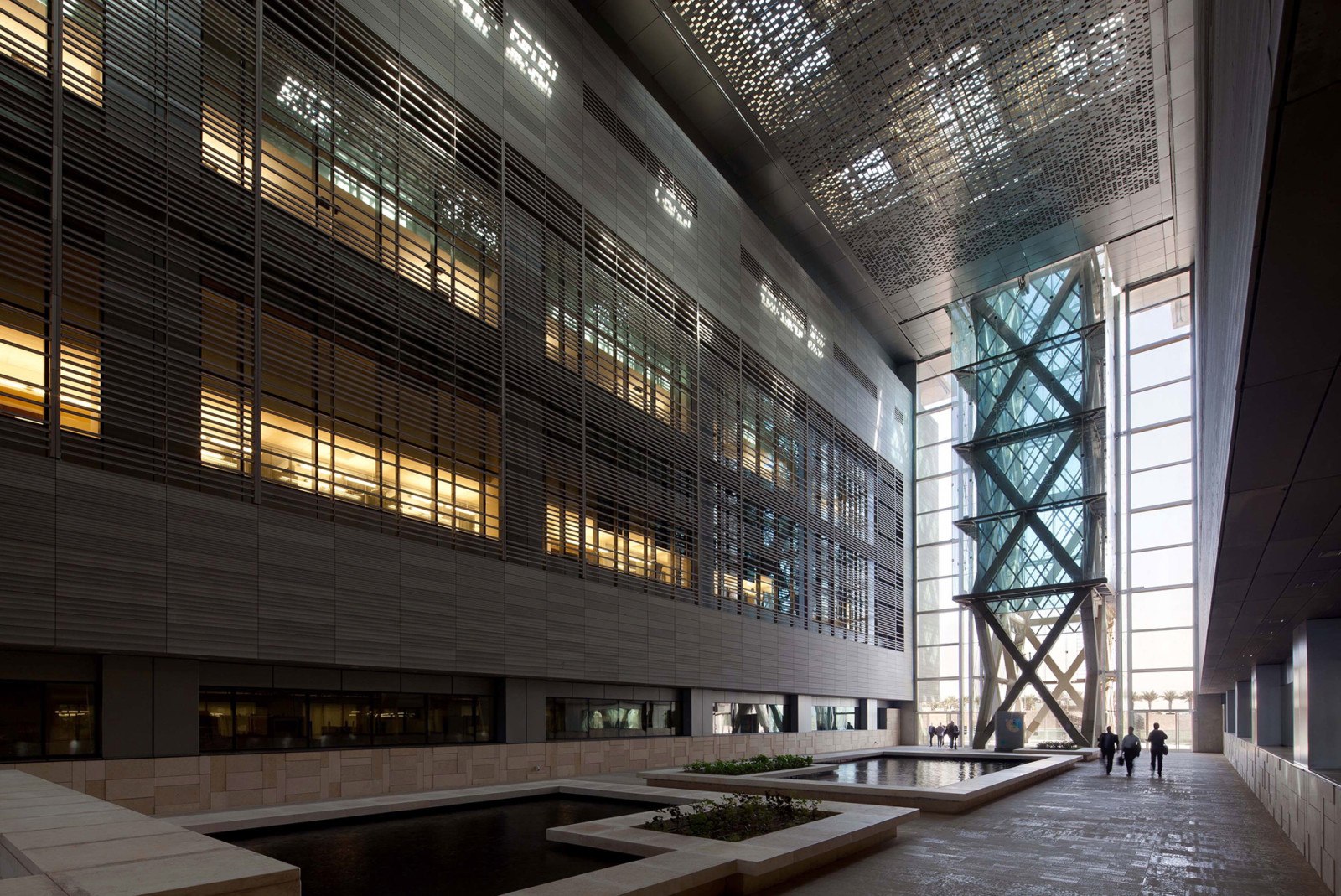
Desert Landscape
The harsh climatic conditions along the Red Sea made the landscape architecture strategies for KAUST extremely important. The team selected plants, materials, structures and streetscape furnishings based on their ability to withstand the hot, humid, marine climate.
Illuminating a Campus
The charge of the university is to promote transformation and discovery of ideas. The buildings manifest themselves with a similar dynamism. With the advent of nightfall, when the setting sun allows for more activity, the campus is designed to reveal a more active, outgoing character.
HOK’s lighting design supported KAUST’S ambitious sustainability goals by achieving every LEED credit possible. This includes satisfying the LEED credit for reducing light pollution while still creating a spectacular nighttime environment.
